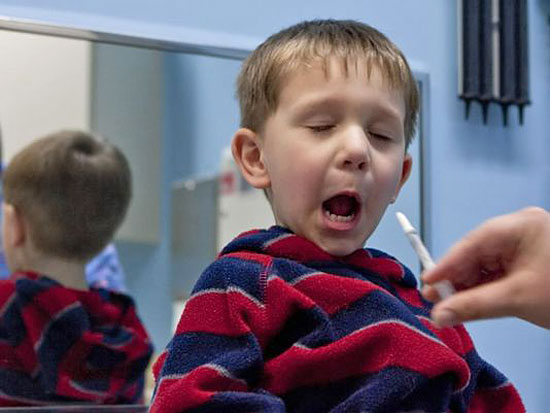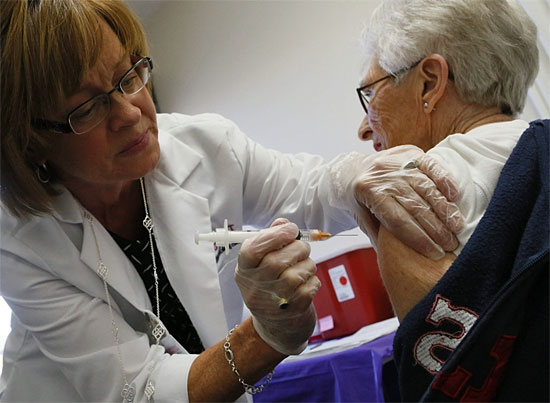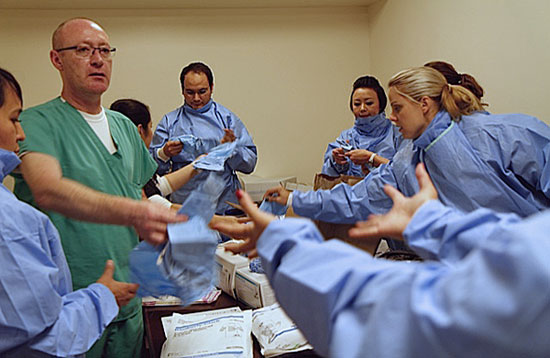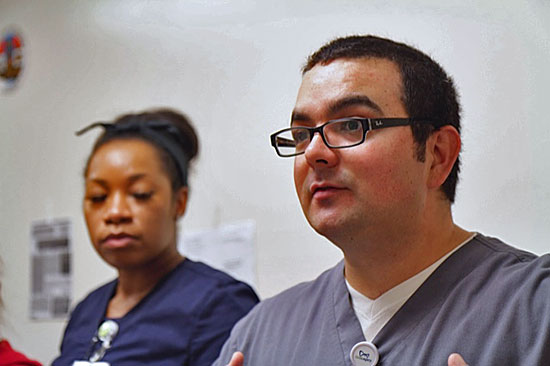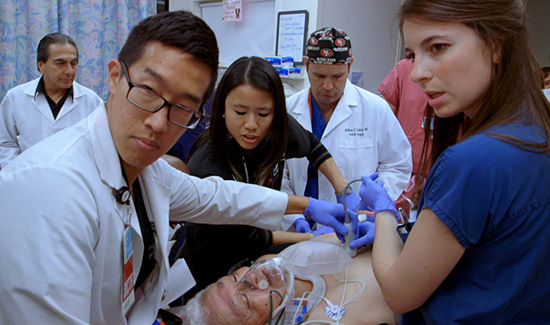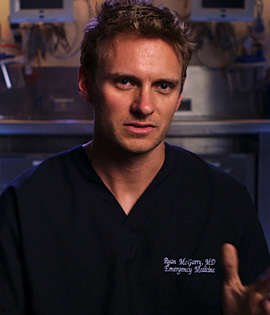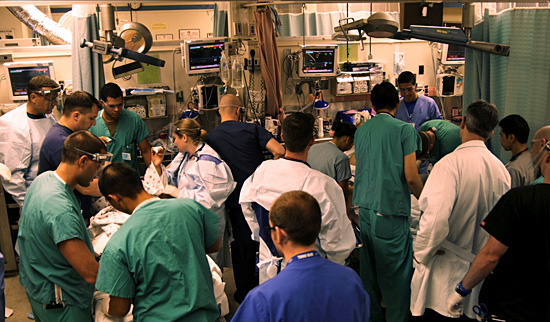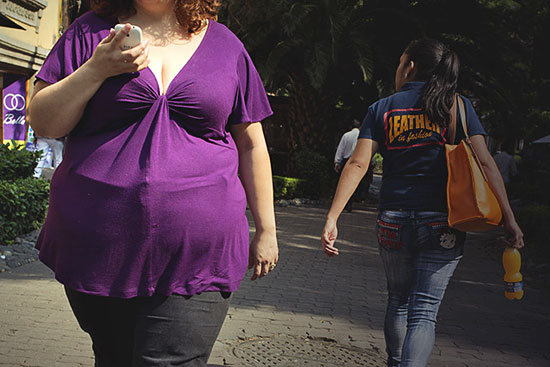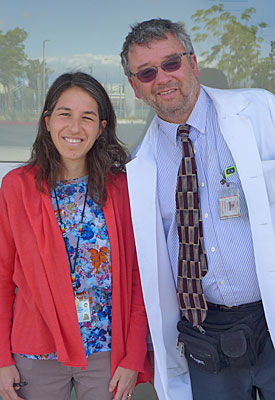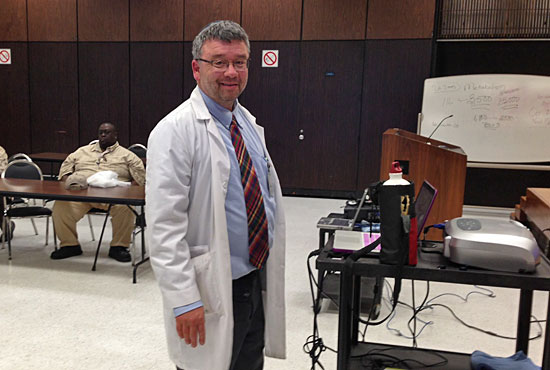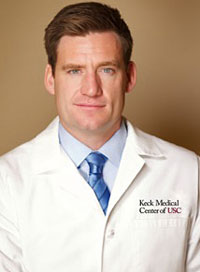Learning lessons in healthcare
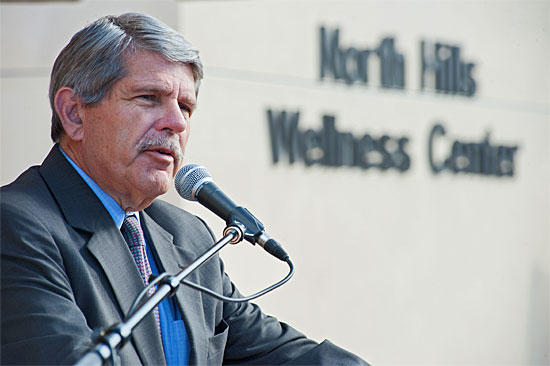
Supervisor Zev Yaroslavsky has pioneered school-based health centers like the one at Monroe High.
For years, teachers at Sun Valley Middle School used a 1.8-acre dirt expanse on campus to teach students the finer points of horticulture. But when Los Angeles County officials saw the empty land, they envisioned growing something else, something ripe for a neighborhood in need.
In 2008, the Sun Valley Health Center opened its doors, ushering in a new model of grassroots care in the county. Today, the $7.5-million, 11,000-square-foot community clinic racks up more than 28,000 medical and dental visits each year for ailments ranging from asthma to diabetes.
And patients are treated regardless of their ability to pay.
“It’s like a dream come true,” said Helen Arriola, governmental and community relations officer for the Northeast Valley Health Corp., a nonprofit tapped to provide low-cost or no-cost treatment at Sun Valley Health Center.
“There’s such a great need [for affordable care] in Los Angeles County, given the numbers of uninsured here,” Arriola said, recalling the crowds that lined up for vaccines at the health center as early as 4 a.m. during the 2009 swine flu pandemic. “We have to provide them with services — we can’t say ‘no.’”
The concept of school-based health centers has proven so successful that two more will soon become a reality on San Fernando Valley campuses that lie in what Supervisor Zev Yaroslavsky calls “ground zero” in the nation’s healthcare crisis.
The $11-million, 13,500 sq. ft. North Hills Wellness Center at James Monroe High School, which was dedicated last month, is scheduled to start serving patients in January. Meanwhile, construction is expected to soon be completed on the $6.2-million, 5,400-sq. ft. San Fernando Teen Health Center at San Fernando High School.
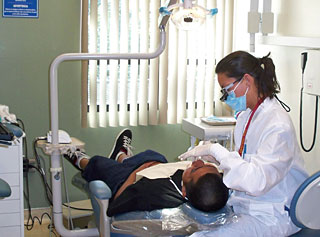
The Sun Valley Health Center has logged more than 28,000 visits annually for medical and dental services.
All three projects are joint ventures between the county and the Los Angeles Unified School District — the former building the health centers, and the latter supplying the land.
They are partnering with several private nonprofit healthcare groups to staff the facilities with physicians, dentists, optometrists, psychologists, nurses and other medical professionals.
“We started looking into health centers on campuses many years ago, because schools are centrally located in the lives of families,” Yaroslavsky said the recent dedication ceremony for the North Hills Wellness Center.
“This is an effort to take the real estate used by schools, and build things into it that would not just be looking inward to the schools but outward to the community,” he added.
Yaroslavsky allocated $24.7 million in Third District funds for the three projects, while the LAUSD covered the remaining $1 million.
North Hills Wellness Center, located at the corner of Nordhoff and Haskell, will be the most expansive, with 14 medical, dental and visual examination rooms, mental health and behavioral counseling offices, as well as a dispensary and laboratory.
It will also have a Teen Health Center that will offer confidential treatment to the growing number of youths dealing with mental illness, substance abuse, homelessness and other problems.
“This community is home to about 400,000 residents, and about 85 percent of them live at or below 200 percent of the federal poverty level — that’s an (annual) income of about $46,000 for a family of four,” said Dr. Roger Peeks, chief medical officer of Valley Community Healthcare, which will operate the wellness center.
“These are the people that we are going to serve,” he added.
The same nonprofit organization behind the Sun Valley Health Center will also operate the San Fernando Teen Health Center. Arriola said Northeast Valley Health Corp. is currently soliciting donations to buy furniture and medical equipment.
Initially, the teen center will treat only students from San Fernando High School, Mission Continuation School and McAlister School. But Arriola is optimistic that the clientele will expand.
“If you look at the construction site, the main door faces the street, and what we’re hoping is that sometime in the future, they’ll allow it to be open to the community, perhaps after-hours or on Saturdays,” she said.
The county’s community health programs director believes the school-based health center model should be replicated over and over again.
“What we know in pediatrics is that over half of the sick low-income kids in the US also have sick parents and sick friends, and the opportunity to serve them in one place is unusual, forward-thinking and fantastic for those families,” Dr. Mark Ghaly said. “We look forward to seeing this idea spread to more places,” he added.

